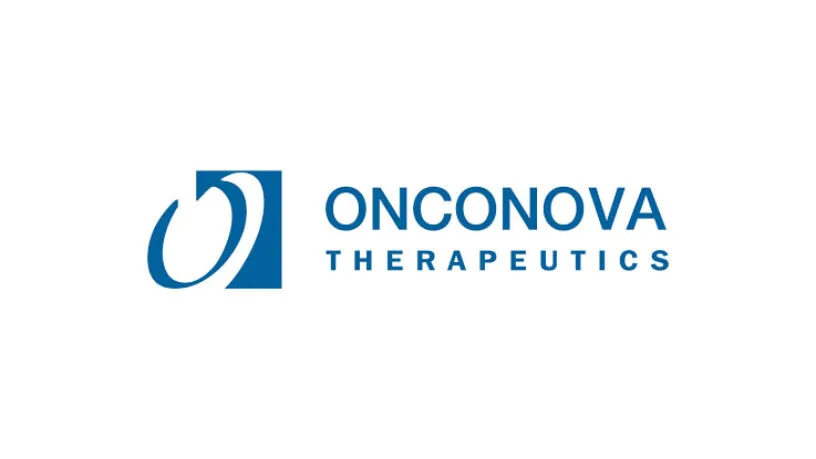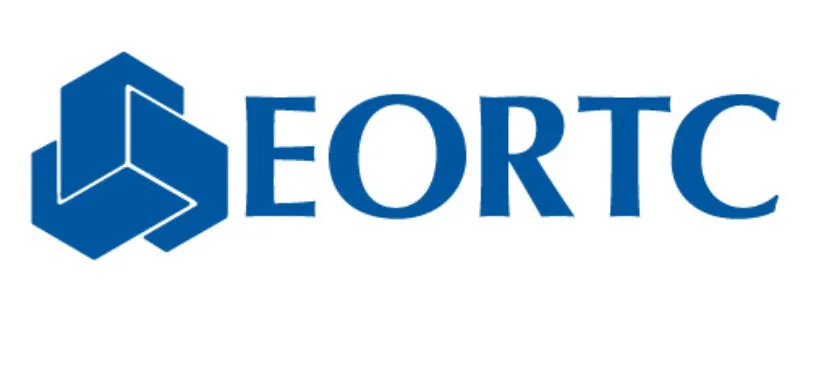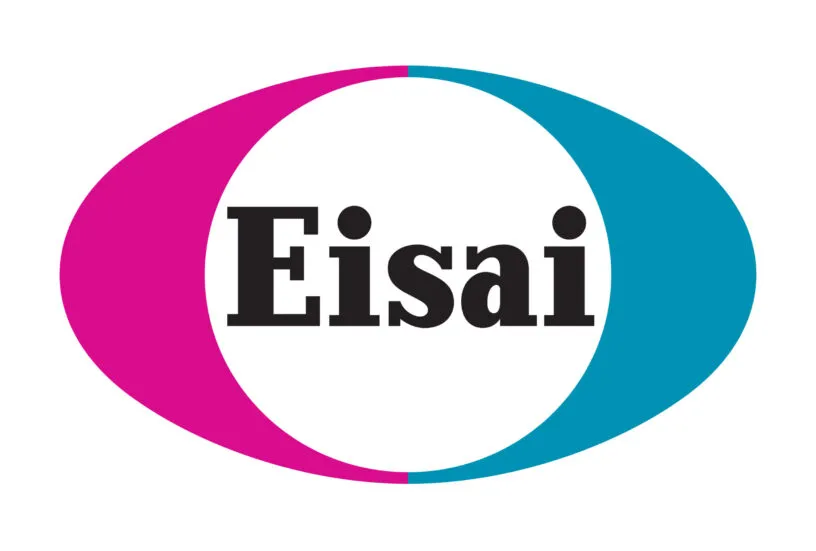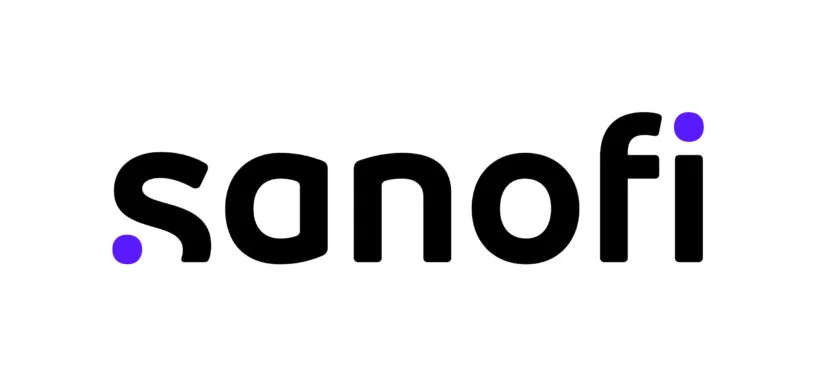Medidata Reviews: Hear Customer Success Stories
Medidata is part of a global ecosystem of 2,200 customers—working together to accelerate clinical trials.
See how companies succeed across clinical operations, data management, patient engagement, and AI with the Medidata Platform.

PROMETRIKA Discovers the Power of a Unified Platform
In the News
Hear More From Our Customers
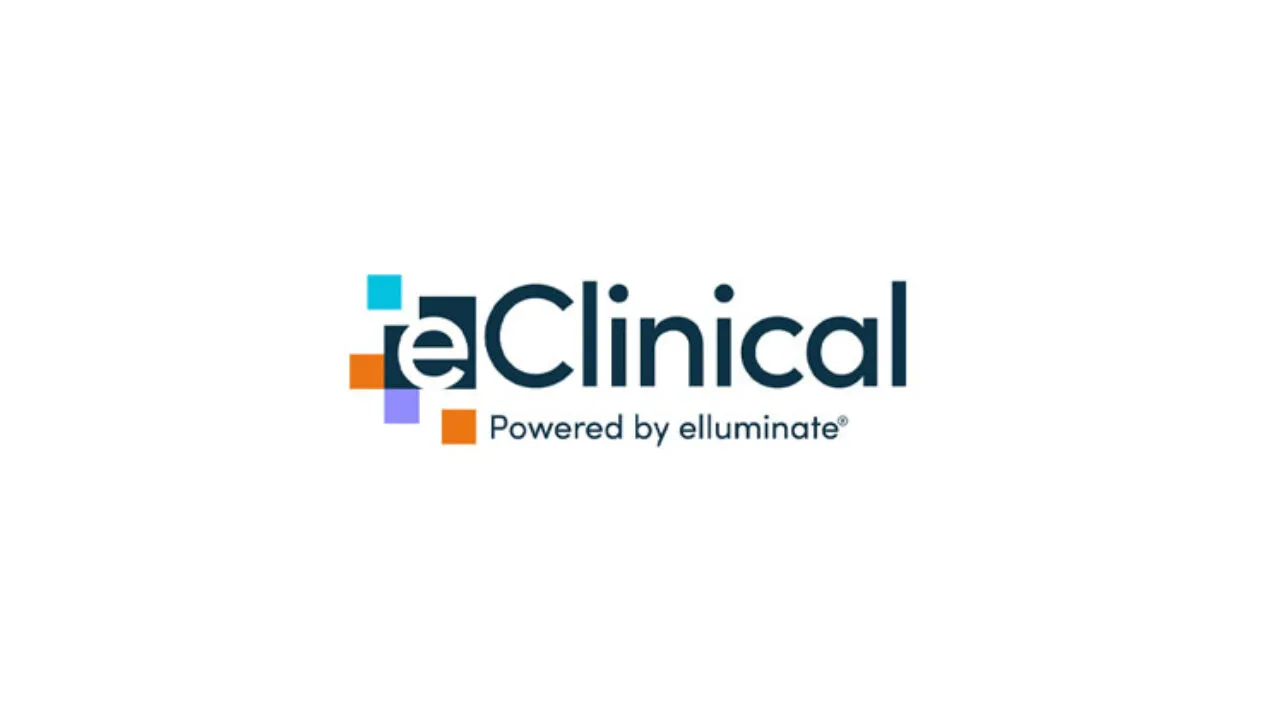
A Unified Platform: One Login
“It is to everyone’s advantage to [use Medidata’s] unified platform so that there is one login. There is one way that people are accessing all the things they need to do with their data. .. If we’re thinking of patients and sites first, we have to think about that value…[so] they’re not worried about having multiple laptops and multiple logins.”
Katrina Rice, Chief Delivery Officer, eClinical
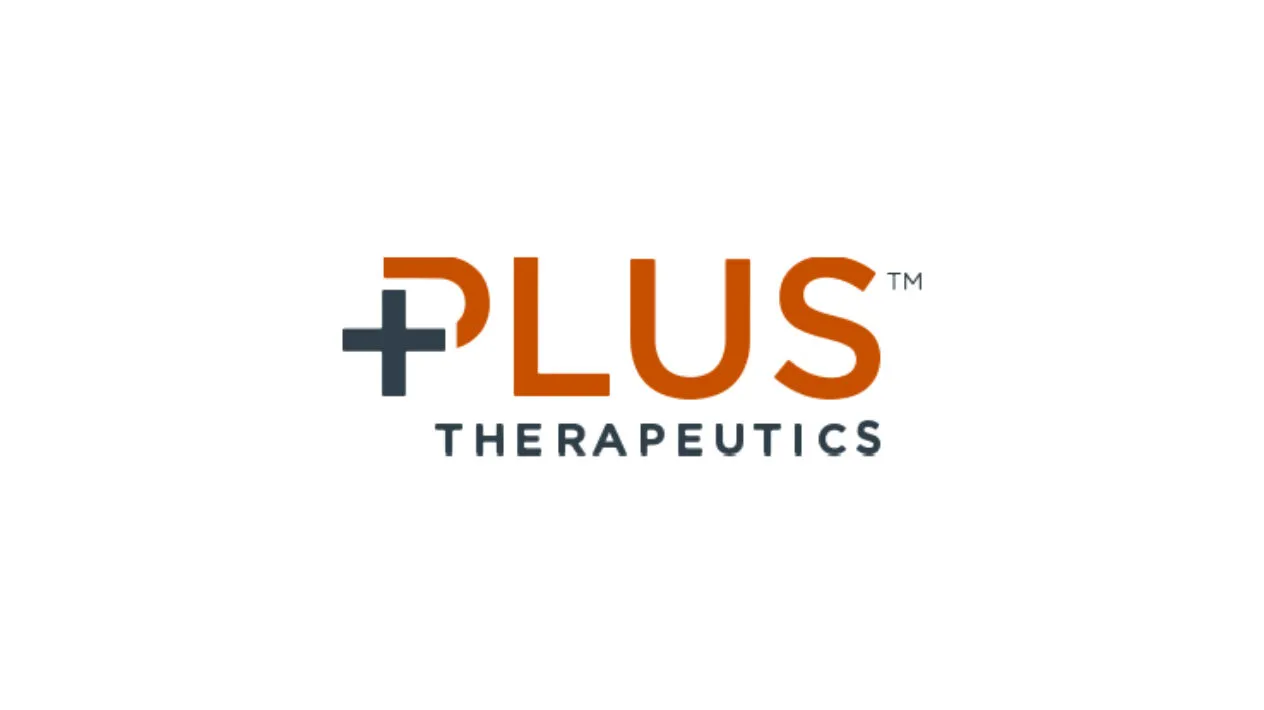
Medidata Platform Helps Expedite Trials
“Something that the Medidata team has helped me solve is giving me a platform for a more efficient trial. It gives us the potential to get it out to patients a year, two years earlier than it might otherwise get out there. That’s huge.”
Norman LaFrance, Chief Medical Officer, Plus Therapeutics
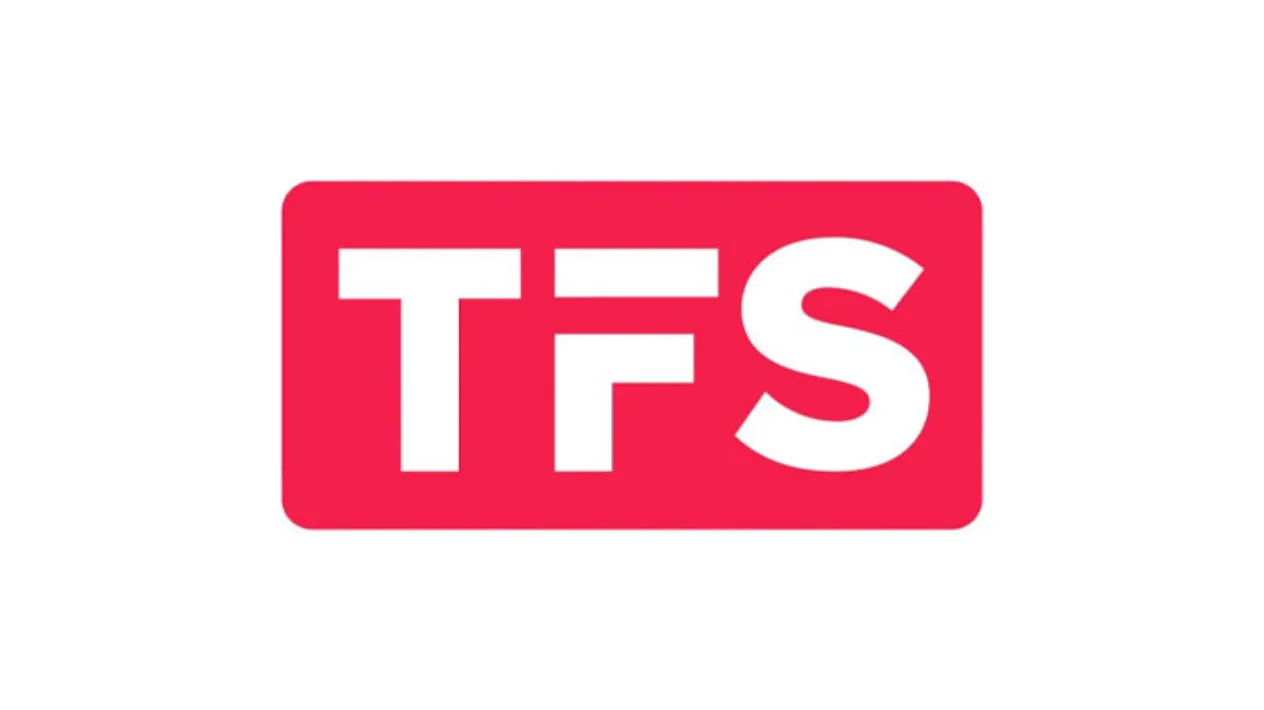
Providing Support Beyond Internal Experts
“One of the things that attracted me to Medidata was their ability to have a support mechanism [beyond] internal experts. Having a broad reach across the globe and supporting end users with devices…are important. These factors attracted me to the Medidata DCT Program because not all competitors have that reach with their help desk and device support. It’s nice to have a reputable organization that allows us to lean on…”
Mike Mendoza, Executive Director, eClinical Technology Strategy and Biometrics, TFS

Fantastic Service Response Time
” …Having the RTSM, Coder, and Rave EDC, all [on] one platform makes the integration much more seamless…My reason why I would suggest using Medidata is that the service has been great. The response time has been fantastic, and I always know exactly who to go to if an issue arises or …[when] I need the build to be done ‘quick lightning,’ The response time from Medidata has been super.”
Salam Ammus, Executive Director, Clinical Data Management, Alkermes
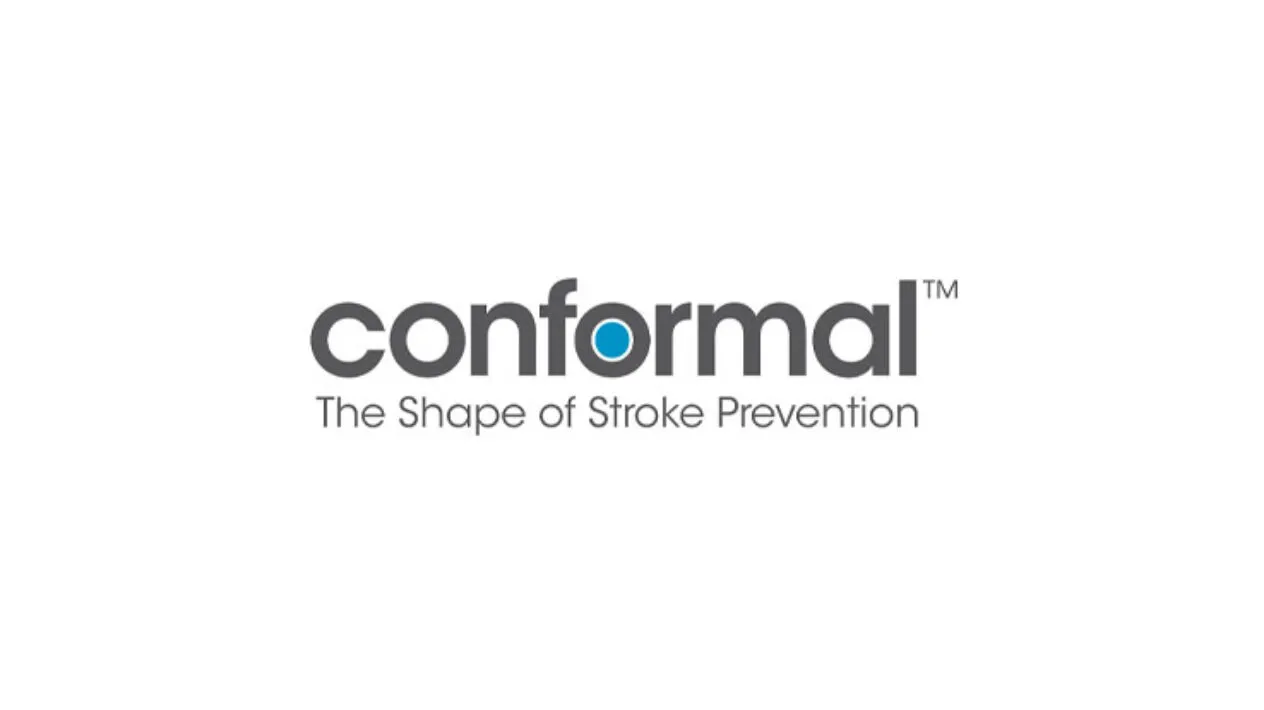
Confidence in Familiarity
“Medidata is a global brand that everyone knows, and everyone is happy to use… The seamless experience … creates a much easier experience for us. Sites are entering data very quickly. They know the system and they know these modules back and forth. They don’t have a lot of questions. And there’s a lot of confidence in that.”
Karis Oasan, A. Director Clinical Affairs
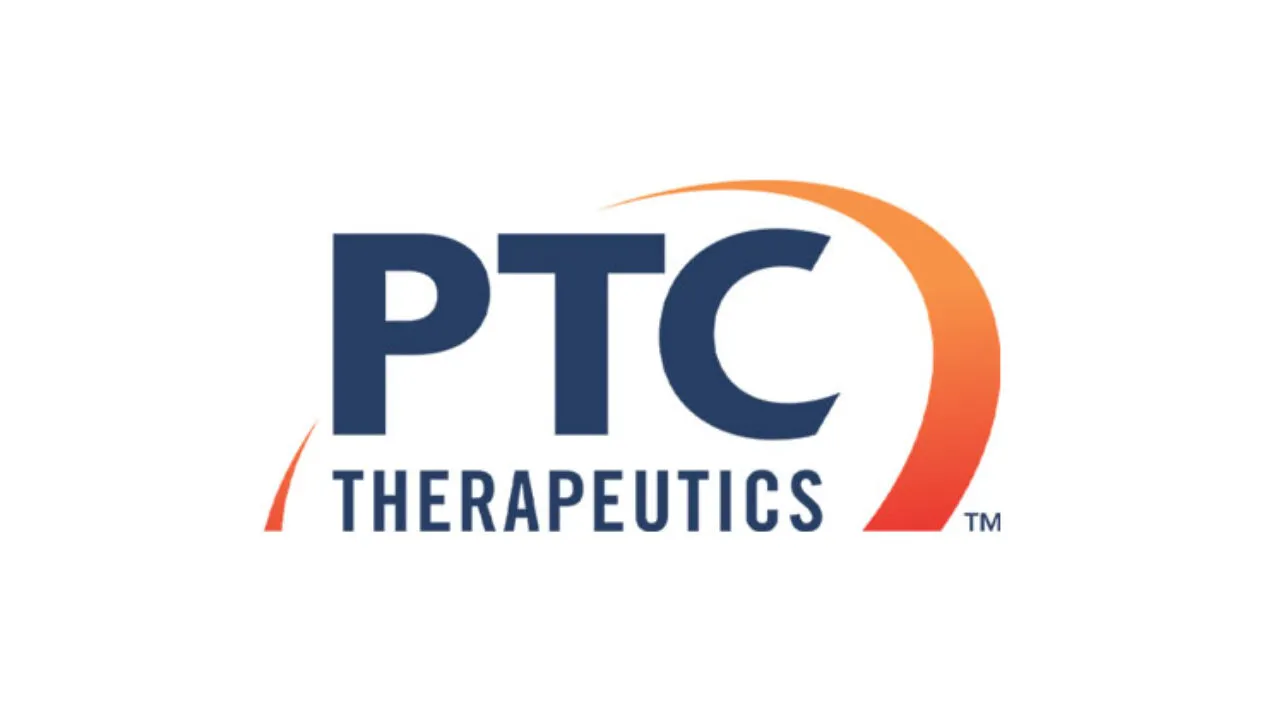
Automated Payments From a Site and Sponsor Perspective
“We used to do all the reconciliation manually. With the Rave Site Payment, it’s automated the payments not only from a sponsor’s perspective but also from the site’s perspective. Sites don’t have to do anything additional. From a sponsor perspective, we have all the line item details. We can see what’s paid to the site [and] what’s outstanding. The same applies to the sites. They can go into the system, see what’s been paid and what’s outstanding, and then work collaboratively to fix or expedite things if needed.”
Heidi Varghese, Director of Finance, PTC Therapeutics
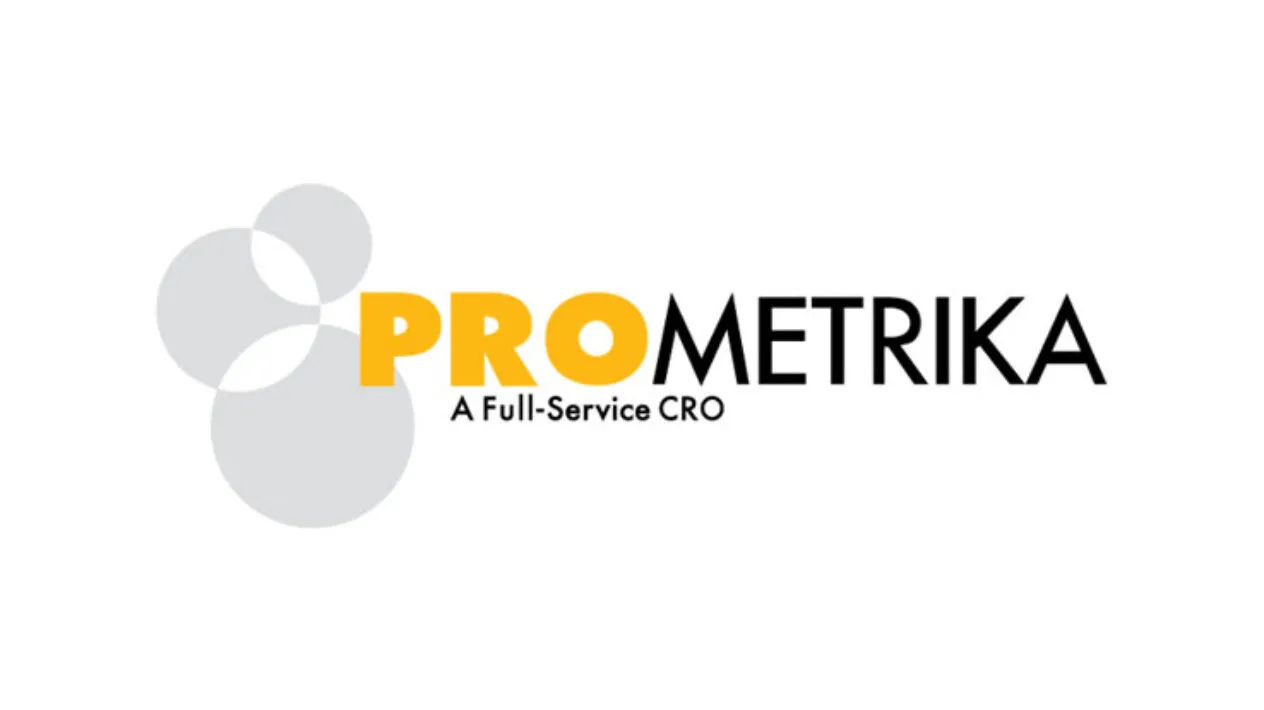
Easier Integration and Partnership with Medidata
“… Our partnership with Medidata has been very collaborative from a data management perspective in rolling out all the new applications and tools and integrating them with EDC. It’s made data management easier for reviewing the data, drawing out metrics, and building the forms. It’s an easier platform to design and then work with integrating new tools like RTSM or eCOA/ePRO.”
Cathy Hult, Director of Data Management, PROMETRIKA

Faster Answers Delivered Together
“The effect that we have seen is the achievement of end of study and ‘on to market’ times reducing rapidly from 10 years to an average of 6 years; shrinking end-of-study times by 4 years translates to faster delivery of new treatments to patients in need.”
Dilshat Djumanov, Director of Data Science, Richmond Pharmacology
